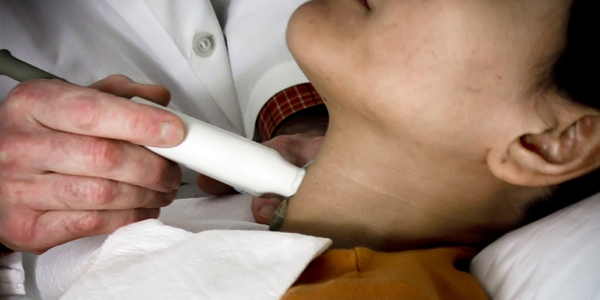In the last article, I explained why a blood test ordered by your doctor, to check out the thyroid, may yield “normal” results; and why “normal” does not necessarily mean “good.”
In this article, I am going to explain how you can test your thyroid function more thoroughly, with a simple and inexpensive at-home test.
There are six steps to completing this at-home test.
Note- If you are a woman who is menstruating, it is vital that you begin the test on the first day of your menstrual cycle—the first day that you experience full flow (not spotting). This is because there is a natural change in body temperature that occurs around the time of ovulation, which can skew results.
ONE. The first step is to purchase a thermometer – either a liquid metal thermometer, or a digital basal thermometer (often found near the home pregnancy kits at the pharmacy). If you’re lucky enough to still have an ‘old-fashioned’ mercury thermometer you can use it, too.
TWO. Pick up a thyroid supplement.
THREE. Shake the thermometer down and place next to your bed before going to sleep. If you’re using a digital basal thermometer there’s no need to shake – just put it next to your bed.
FOUR. In the morning, before getting out of bed, take your temperature by placing your thermometer under your tongue. Do not do anything but lie in bed while you’re taking your temp. Then, chart your temperature.
FIVE. Repeat step four for a period of five days. If your temperature is normal, that is, between 98.6 and 99.2 degrees, then stop the test, as your thyroid is functioning well. Most people will have a temperature lower than 98.6 degrees. A temperature higher than 99.2 degrees indicates either an infection, or hyperthyroidism, which is rarer.
SIX. Start taking your thyroid supplement for a period of 21 days, while continuing to check your temperature every morning in the manner described in step four. If you notice your temperature rising above 99.2 degrees when on the supplement, you should reduce the dosage.
What you want to look for during this test is an increase in body temperature while on the thyroid supplement. A change from low temperatures, when not taking the supplement, to high temperatures, when on the supplement, indicates a thyroid-related problem.
But that’s not all there is to the thyroid story. Part three of this article discusses what you can do to improve your thyroid function if you find an issue.
Stick around. More will be revealed in the next blog post.

Dr. Carri Drzyzga, DC, ND – The Functional Medicine Doc
Find the Cause. Fix the Cause. Feel Normal Again!








